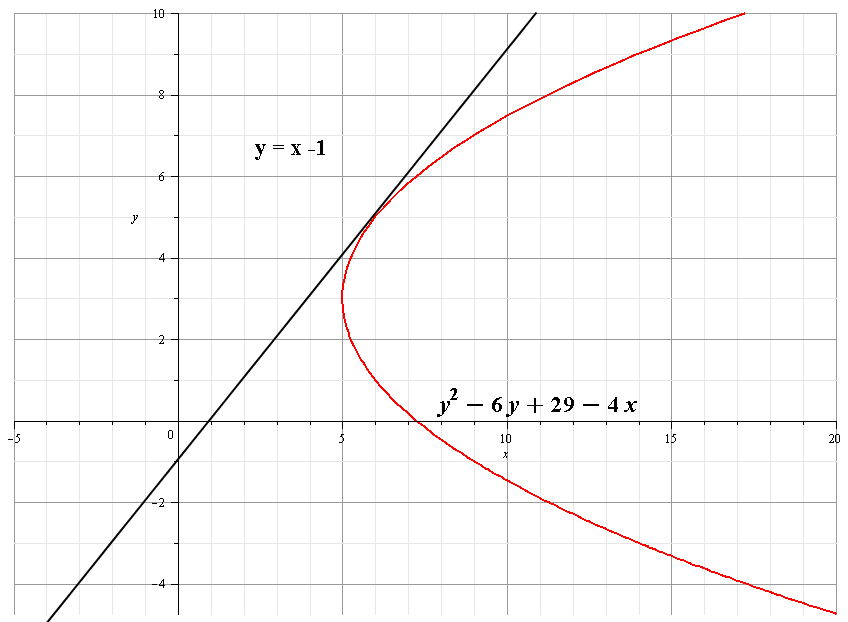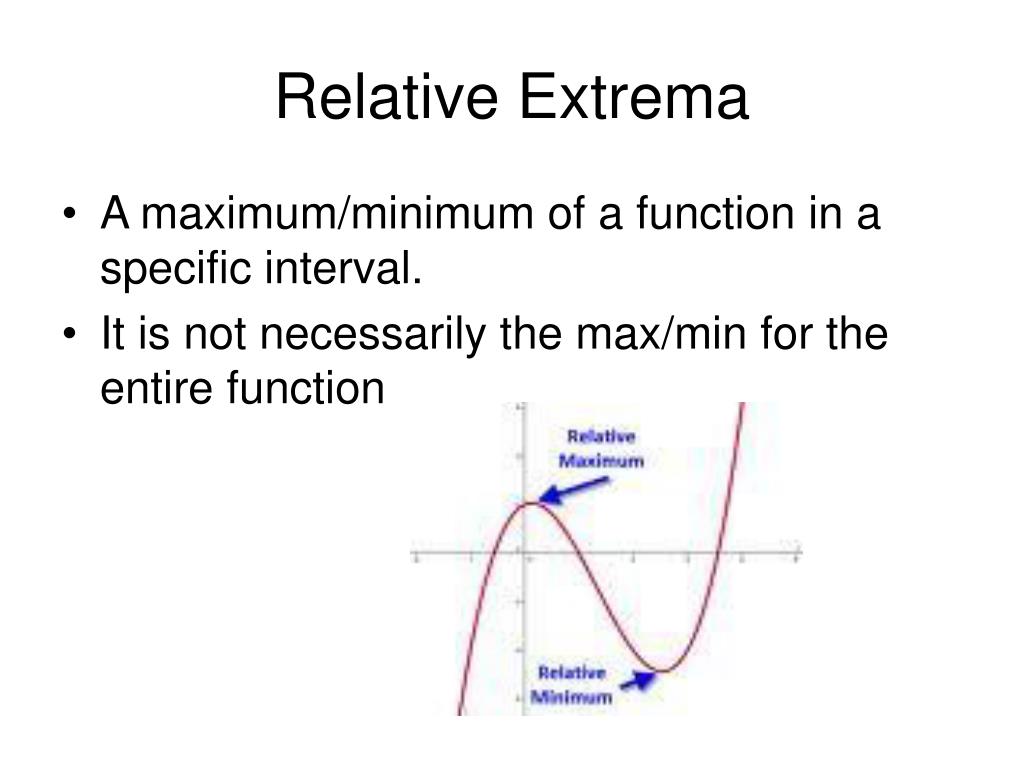The REGEXP_SUBSTR operate is the advanced version of the basic SUBSTR operate, permitting us to search for strings based mostly on a regular expression pattern. This perform returns a portion of the supply string primarily based on the search sample but not its position. The substring returned by this function can be both of VARCHAR2 or CLOB knowledge sort in the same character set as that of the input source string. The captured subexpression whose position to return. By default, the operate returns the place of the first character in string that matches the regular expression. If you set this value from 1 – 9, the function returns the subexpression captured by the corresponding set of parentheses within the regular expression. For example, setting this worth to three returns the substring captured by the third set of parentheses within the regular expression. Since we've identified the rows, the next step is to extract the cellphone numbers. It can be accomplished using the REGEXP_SUBSTR function to extract the substring which matches the given regular expression. As we need to query two completely different common expressions, we shall be using the CONCAT_WS perform to combine the outcomes of each expressions right into a single column. To get the substring between two characters, we'll use the REGEXP_SUBSTR() operate. This perform returns the worth of the substring that matches the regular expression, or NULL if no match is discovered. Controls which prevalence of a sample match within the string to return. By default, the operate returns the place of the first matching substring.
Use this parameter to search out the place of subsequent matching substrings. For instance, setting this parameter to three returns the place of the third substring that matches the sample. In this article, we have explored common expressions in-depth within the PostgreSQL database. We have understood tips on how to match various varieties of patterns, including characters, digits, and particular characters. You can use these together to build a custom-made pattern you could look for within the data. Apart from utilizing these RegEx patterns, Postgres also supports the utilization of wildcard operators using the LIKE operator. However, the LIKE operator presents very basic functionality and can be used solely to help minimal requirements. In case the information must be matched with a extra advanced pattern, then using the regular expressions is ideal. String processing is pretty straightforward in Stata because of the various built-in string functions. Among these string features are three functions which are associated to regular expressions, regexm for matching, regexr for replacing andregexs for subexpressions. We will show some examples of how to use common expression to extract and/or exchange a portion of a string variable utilizing these three functions. At the bottom of the web page is an explanation of all the regular expression operators in addition to the features that work with regular expressions. In pc theory, it's usually the case that you just might need to search out some text from within your data that matches a fixed pattern. This sample can be outlined using a sequence of characters that may outline a selected search expression. It is especially used in text manipulations and selections. The most typical implementation of these expressions in SQL is the LIKE operator, which makes use of wildcard values to match patterns. However, the LIKE operator has a few limitations and is out of scope for this text. This brings us to the extra complicated sample matching operator called the TILDE "~" operator. In this article, we'll explore every of the common expressions that use the TILDE operators. Read more concerning the regular expressions from the official web site.
In this text, I am going to talk about utilizing common expressions in a Postgres database. Regular Expressions, also called RegEx are sample matching criteria that may filter information primarily based on the sample. It is heavily used to match string values to a selected pattern and then filter the results based mostly on the condition. The same as match, however returns 0 if not considered one of the common expressions are matched and 1 if any of the patterns matches. For patterns to search substrings in a string, it's higher to make use of multiSearchAny since it works much quicker. Lengthis a constructive integer that determines the variety of characters that you just need to extract from the string beginning at start_position. If you omit the length parameter, the substring operate returns the entire string started at start_position. In this case, the operate returns 35, the position after the sample ends. In string processing, it's frequent to establish the beginning place of a search string and then add the length of the same search string to the unique start position. The "return option" parameter prevents the necessity to do that separate addition step. Since regex pattern matches can vary greatly in length, this data can help you establish the length of the identified pattern. Extracts all of the fragments of a string using a daily expression. If 'haystack' doesn't match the 'pattern' regex, an empty string is returned.
Returns an array of strings consisting of all matches to the regex. In common, the habits is similar as the 'extract' perform (it takes the primary subpattern, or the entire expression if there isn't a subpattern). Pattern is a regular expression wrapped inside escape characters adopted by a double quote ("). For instance, if the character # is the escape character, the sample will be #"pattern#". In addition, the patternmust match the complete string, in any other case, the substring function will fail and return a NULLvalue. The following examples show the default btrim() habits, and what changes whenever you specify the optionally available second argument. All the examples bracket the output value with so that you can see any main or trailing spaces within the btrim() end result. By default, the function removes and variety of both main and trailing spaces. Using the x modifier causes the function to ignore all unescaped area characters and feedback within the regular expression. Comments start with a hash (#) character and end with a newline (\n). All areas within the regular expression that you want to be matched in strings have to be escaped with a backslash (\) character. The REGEXP_SUBSTR operate use used to return the substring that matches an everyday expression within a string. This operate returns NULL when no matches are found. An empty string may be returned by this perform if the regular expression matches a zero-length string. The function outputs the substring of the expr string that matches the regular expression specified by the pat sample. In this example, we have dates entered as a string variable. The goal of this course of is to produce a string variable with the suitable four digit yr for each case, which Stata can then easily convert right into a date. Returns the substring that matches a daily expression within a string.
If no matches are found, this operate returns NULL. This is different from an empty string, which the perform can return if the common expression matches a zero-length string. With no parameter, this function returns a model new UUID worth as a 16-byte binary worth within the UUID type. With a UUID hexadecimal string argument, it returns the 16-byte binary value in UUID. With a 16-byte binary or UUID argument, it returns the formatted UUID character representation. Note UUID is a type derived from BINARY that in represented as a hexadecimal character string with the required hyphens. Start_position is an integer that specifies the place you want to extract the substring. If start_position equals zero, the substring starts at the first character of the string. Though in different database techniques corresponding to MySQL thesubstring functioncan accept a negative start_position. Character 🍣 (U+1F363) used within the first two examples, aren't included within the Basic Multilingual Plane, but quite in Unicode's Supplementary Multilingual Plane. Another issue can come up with emoji and other 4-byte characters when REGEXP_SUBSTR() or a similar function begins searching in the midst of a character.
Each of the two statements within the following instance starts from the second 2-byte position within the first argument. The first statement works on a string consisting solely of 2-byte characters. Returns the starting index of the substring of the string expr that matches the common expression specified by the sample pat, zero if there is no match. The whole variety of match occurrences is discovered by counting the number of spaces in the input string and adding 1 to it using the REGEXP_COUNT operate. SUBSTR perform returns NULL for the reason that number of characters current within the input_string is lower than the value handed in the starting-position argument. The PATINDEX() operate returns the place of the primary occurrence of a sample in a string. If a pattern just isn't found inside a string, this function returns Zero. If you move NULL as an input_parameter, it returns NULL. PATINDEX() searches sample is predicated on the collation of the input parameter. We can use the COLLATE clause to make use of particular collation. SQL Server CHARINDEX() perform is used to look the position of a substring inside an enter string. Unlike SUBSTRING(), this perform starts the search from a specified location and returns the position of the substring. CHARINDEX() function is used to carry out case delicate and case insensitive searches based mostly on the collation specified in the query. Concat(string|binary A, string|binary B…)Returns the string or bytes after concatenating all strings or bytes passed in as input. Concat_ws(string SEP, string A, string B…)Similar to concat() moreover takes separator SEP. The regular expression works with the string as if it is a set of bytes. For patterns to seek for substrings in a string, it's better to make use of LIKE or 'position', since they work much faster. The perform outputs the starting index of a substring that matches the expr expression's pat sample. If str is a string array or a cell array of character vectors, then extractBefore extracts substrings from every component of str.
The output argument newStr has the same information type as str. Note that if no match discovered, the substring function return a null value. If the sample accommodates any parentheses, the substring perform returns the textual content that matches the primary parenthesized subexpression. If the start is a constructive integer, thesubstr() perform returns a substring starting from the start of the string. The SQLite substr operate returns a substring from a string starting at a specified place with a predefined length. Regular expressions are, generally, a way of searching for and in some cases replacing the incidence of a pattern within a string based mostly on a algorithm. The following table reveals the entire operators Stata accepts, and explains every one. Note that in Stata, common expressions will all the time fall inside quotation marks. Substring_length determines the number of characters within the substring. If substring_length is omitted, the SUBSTR() perform returns all characters starting from the start_position. The following list covers a few of the primary special characters and constructs that can be utilized in common expressions. Rather than returning the complete match, return solely the "group" (i.e. the portion of the substring that matches the part of the regular expression in parentheses). In this case, the returned worth must be the word after "the". One other WAY COOL function of REGEXP_INSTR is parameter 5, the "return option".
When set to zero , the perform returns the beginning place of the requested pattern. When set to 1, the perform returns the place after the matched sample. In quick, common expressions are used for superior pattern matching, nicely past what a typical LIKE predicate presents. If you're unfamiliar with regular expressions and how they can be utilized in a database setting, check out Staggering SQL String Handling with Regular Expressions. This argument defines the placement from which you wish to start the search throughout the enter string. The knowledge sort of this parameter is an integer, and that is an optional parameter. If this parameter just isn't specified, then the search starts from the start of the enter string. In my previous article about T-SQL regular expressions, I really have explained the LIKE operator, its utilization and supplied a quantity of examples with it. In this article, we're going to focus on the SUBSTRING, PATINDEX, and CHARINDEX capabilities of T-SQL. These capabilities can be utilized to perform pattern matching. We are using the REGEXP_SUBSTR function with the position argument to extract completely different matches. It updates by one at every loop run and saves the results on a newly created extracted_numbers_table. Finally, the loop exits when a NULL result's discovered. The easiest method to extract phone numbers is to make the most of regular expressions to focus on the precise telephone quantity formats. Extracting data has turn out to be far easier with the introduction of functions like REGEXP_SUBSTR in MySQL eight.0. We will be populating the details column with some phone numbers in different formats, as proven under. This operate can be utilized to take away pointless characters and whitespaces in a string.
Now let's further format the formmated_number field to include the country code. Checks whether the string matches the sample common expression. The syntax of the re2 regular expressions is more restricted than the syntax of the Perl common expressions. The length argument is optional and used to return a substring length characters lengthy from the str string, starting at pos place. If set to 0, REGEXP_INSTR() returns the matched substring's first character position. If set to 1, REGEXP_INSTR() returns the position following the matched substring. If you skip the substring_length, the operate returns the relaxation of the source_string starting from the start_position location. The SUBSTRING() perform returns a substring from the source_string starting at start_position with the substring_length length. Most of them are used additionally in the common expressions understood by Perl, PHP, and Python. A constructive integer indicating which occurrence of pattern in source_string to return. If prevalence is lower than 1 or larger than the number of characters in source_string, the search is ignored and REGEXP_SUBSTR returns NULL. As we saw above, it is attainable to extract substrings from inputs using the "()" match delimiters in the regex pattern. When you need to extract more-than-one substring, it is time to reach for the regexp_match() operate.
Regular expression is the regular expression for the string you wish to discover, note that it should seem in citation marks. The first substring of the enter string matching the desired regular expression. Strings, integers, floats, constants, booleans, and special characters are all common parts of datasets. Cutting the clusters and displaying simply the required info is feasible utilizing the Google BigQuery SUBSTRING operate. This operate permits customers to see, edit, and alter particular sections of strings and byte data. The easiest common expression is one which has no special characters in it. For instance, the regular expression howdy matches howdy and nothing else. Returns the substring of the string expr that matches the common expression specified by the sample pat, NULL if there isn't a match. If expr, pat, or repl is NULL, the return value is NULL. Regexp_match fetches the starting place of the string you are looking for. Substr returns part of a string starting from a certain place and perhaps of a selected length. In this case you want to start your substring the place your _S begins plus 2, so after it. Extracts the first substring matched by the regular expression pattern from the enter. The first argument handed to REGEXP_LIKE is the expression to look, in this case the RESUME column. The second argument is the regular expression pattern, and it does take some apply to get used to making a RegEx sample. The full list of standard expression control characters used to construct a sample could be found in the SQL Reference manual. Converts the arguments into SOUNDEX codes, and returns an INTEGER between 0-4 which signifies how similar the 2 SOUNDEX worth are.





























































